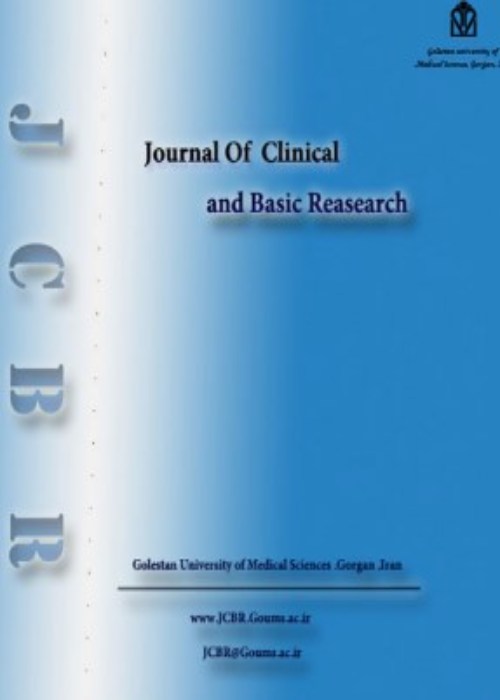Evaluation of Antibiotic Resistance and β- lactamase Production in Clinical Isolates from a Tertiary Care Hospital in Central India
Author(s):
Article Type:
Research/Original Article (بدون رتبه معتبر)
Abstract:
Introduction
Antimicrobial resistance in bacterial pathogens is associated with high morbidity and mortality. We aimed to evaluate antibiotic resistance and β-lactamase production in clinical isolates of a tertiary care hospital in Central India.Materials And Methods
Clinical isolates (n=6472 isolates) from patients with infection were identified using standard microbiological techniques. Antibiotic susceptibility testing was performed according to the CLSI guidelines using the Kirby-Bauer disc diffusion technique. AmpC production in Enterobacteriaceae isolates was tested in screening test. Cloxacillin combined disc diffusion test was performed for both inducible and non-inducible AmpC using cefoxitin disc with and without cloxacillin. Metallo-β-lactamase production in Enterobacteriaceae isolates was tested in screening test (positive= zone diameter of Results
Majority of the bacteremia cases were caused by Staphylococcus aureus (43.13%), non-fermenting spp. (27.44%) and coagulase-negative staphylococci (11.76%). Escherichia coli (55.85%) was the main cause of urinary tract infection followed by Acinetobacter spp. (11.71%) and Klebsiella pneumoniae (10.36%). No resistance to linezolid was seen in Gram-positive isolates. Frequency of vancomycin-resistance was about 9% in Enterococcus spp. Methicillin resistance was seen in 19% of S. aureus isolates. Enterobacteriaceae and Citrobacter freundii isolates were completely resistant to aminopenicillin, first and second-generation cephalosporins and cefamycin. Moreover, Klebsiella isolates were resistant to aminopenicillin. Enterobacteriaceae isolates showed resistance to aminopenicillin (89.87%), cephalosporins (54-90%) and cephamycin (37-45%). E. coli isolates were sensitive to PIT (87-96%) and imipenem (99.68-100%). ESBL production was seen in 166 Enterobacteriaceae isolates (30.24%) in DDST and CPCT. AmpC production was seen in 15 (2.73%) Enterobacteriaceae isolates. Total β-lactamase production was found in 19.23% of the isolates tested. The frequency of β-lactamase production was highest in K. pneumoniae (51.67%). Co-production of β-lactamases was not observed.Conclusions
It is necessary to closely monitor drug resistance and β-lactamase production. Moreover, it is recommended to perform routine β-lactamase testing in microbiology laboratories for determining prevalence of antibiotic resistance and controlling their spread. Keywords:
Language:
English
Published:
Journal of Clinical and Basic Research, Volume:2 Issue: 1, Winter 2018
Pages:
1 to 5
magiran.com/p1855382
دانلود و مطالعه متن این مقاله با یکی از روشهای زیر امکان پذیر است:
اشتراک شخصی
با عضویت و پرداخت آنلاین حق اشتراک یکساله به مبلغ 1,390,000ريال میتوانید 70 عنوان مطلب دانلود کنید!
اشتراک سازمانی
به کتابخانه دانشگاه یا محل کار خود پیشنهاد کنید تا اشتراک سازمانی این پایگاه را برای دسترسی نامحدود همه کاربران به متن مطالب تهیه نمایند!
توجه!
- حق عضویت دریافتی صرف حمایت از نشریات عضو و نگهداری، تکمیل و توسعه مگیران میشود.
- پرداخت حق اشتراک و دانلود مقالات اجازه بازنشر آن در سایر رسانههای چاپی و دیجیتال را به کاربر نمیدهد.
In order to view content subscription is required
Personal subscription
Subscribe magiran.com for 70 € euros via PayPal and download 70 articles during a year.
Organization subscription
Please contact us to subscribe your university or library for unlimited access!


